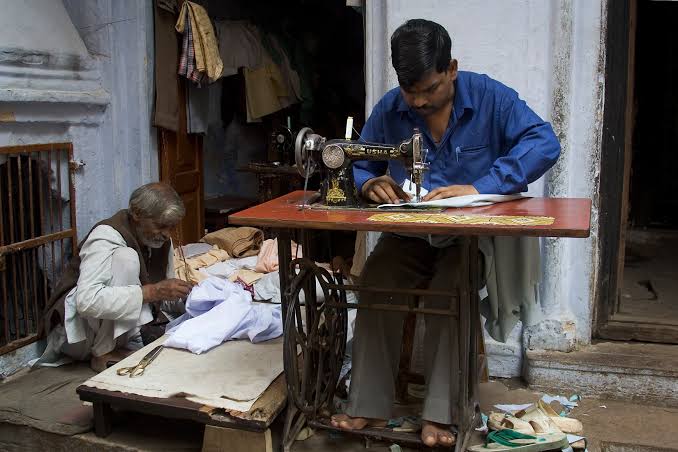News

Electricity as a Growth Constraint for Small and Medium Enterprises in Bihar State, India
The Indian government has made electricity access a national priority. Despite rapidly expanding electrical grid infrastructure in Bihar state, recent ISEP research collaborations (SPI-ISEP survey; ACCESS survey) reveal that the reliability and quality of electricity supply remains low. While our understanding of household coping mechanisms with this electricity supply deficit is growing, the plight of small and medium enterprises remains poorly understood. This research project will generate primary data and analysis to support the state government in designing effective electricity access strategies to unlock its small and medium enterprise output potential.
Firms facing poor electricity access must deal with backup energy costs or absorb losses due to reduced production. While much of the literature has hypothesised that this has real economic costs, this is typically based on macro-level data from the formal sector. We know, however, that large segments of the population in India work in the informal sector. Furthermore, most studies focus on traditional coping mechanisms such as diesel generators. We know little about how new technologies, such as microgrids and rooftop solar, could complement the grid and ease the constraints of poor electricity access for small and medium enterprises.
This project contributes to our knowledge on both fronts. In collaboration with the International Growth Centre, Energy for Growth Hub, and Chevron corporation, a team of ISEP researchers will conduct detailed surveys with 1,000 small and medium-sized firms in Bihar. This data collection will elicit information regarding: enterprise electricity needs, whether they are met, consequences of gaps between supply and demand, and whether new technologies such as rooftop solar can help reduce firms’ vulnerability to poor electrical grid infrastructure.
Survey pilotting and data collection will begin in January and first results are expected in April. The final anonymised dataset will be made available for academic purposes later in the year.
